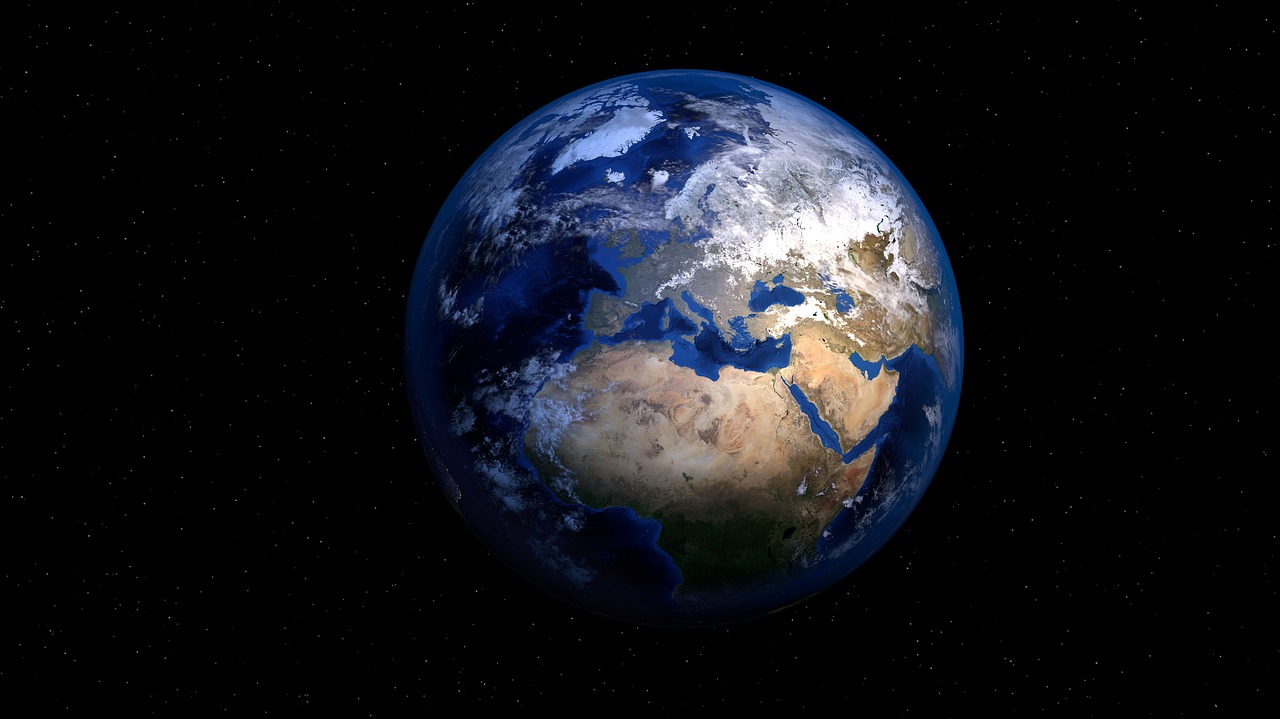How Did The Earth Begin?

Around 4.6 billion years ago, neither the earth nor any of the other planets existed. There was just this vast, dark, very hot cloud of gas and dust swirling around the newly formed sun. Gradually, the cloud and the gas began to condense into billions of droplets. Slowly these droplets were pulled together into clumps by their own gravity and they carried on clumping until all the planets, including the earth, were formed.
But it took another half a billion years before the Earth has cooled enough to form a solid crust with an atmosphere around it.
- Earth begins life as hot gases and dust spiralling around the newborn Sun, These congealed into a ball of extremely hot gases.
- Then Earth slowly began to cool, the early earth was a fiery ball, then the surface cooled to form a hard crust.
- As the earth cooled it gave off gases and water vapour, which formed the atmosphere.
- By 4 million years ago, the earth's crust was covered in meteor craters and huge volcanoes.
- The Earth cooled more, and the clouds of steam became water, creating vast oceans.
- With the formation of oceans complex chemical reactions happened which was the foundation of life.
What's so special about our earth?
The Earth is the only planet with temperatures at which liquid can exists on the surface and is the only planet with an atmosphere containing oxygen, as water and oxygen both are needed for life
How big is our Earth?
Satelite measurements show it is 40,075 km around the equator and 12,757 km across, the diameter between the poles is slightly less, by 43 km.
What shape is the Earth?
The earth is not quite a perfect sphere. Because it spins faster at the equator than at the poles, Earth bulges at the equator. Scientists describe Earth's shape as "geoid", which simply means earth shaped.
What is our Earth made of ?
Our Earth has a core of iron and nickel, and a rocky crust made mostly of oxygen and silicon. In between is the soft, hot mantle of metal silicates, sulfides, and oxygen
Exactly how long is a day ?
A day is a time earth takes to turn once. The stars move to the same place in the sky every 23 hours, 56 minutes and 4.09 seconds. Our day ( the solar day) is 24 hours, because the earth is moving around the sun, and must turn an extra 1 degree for the sun to be in the same place in the sky.




